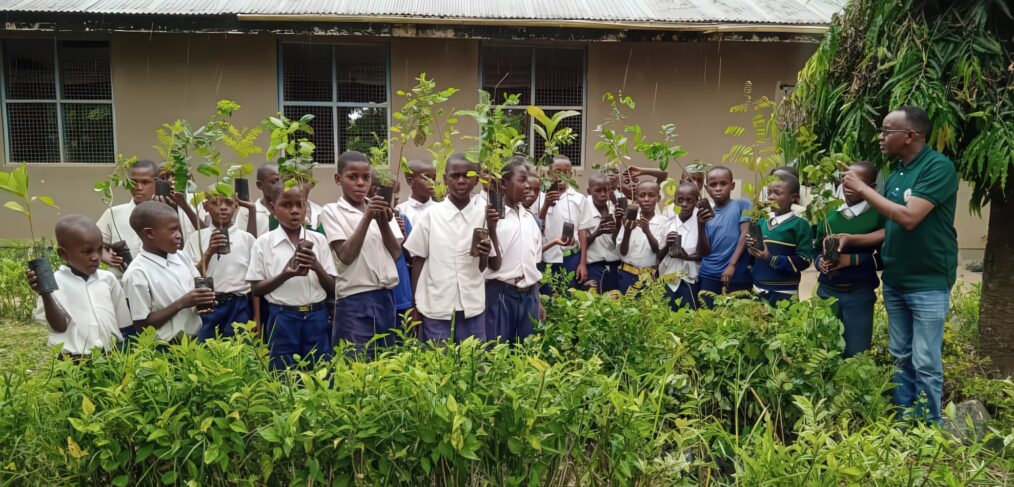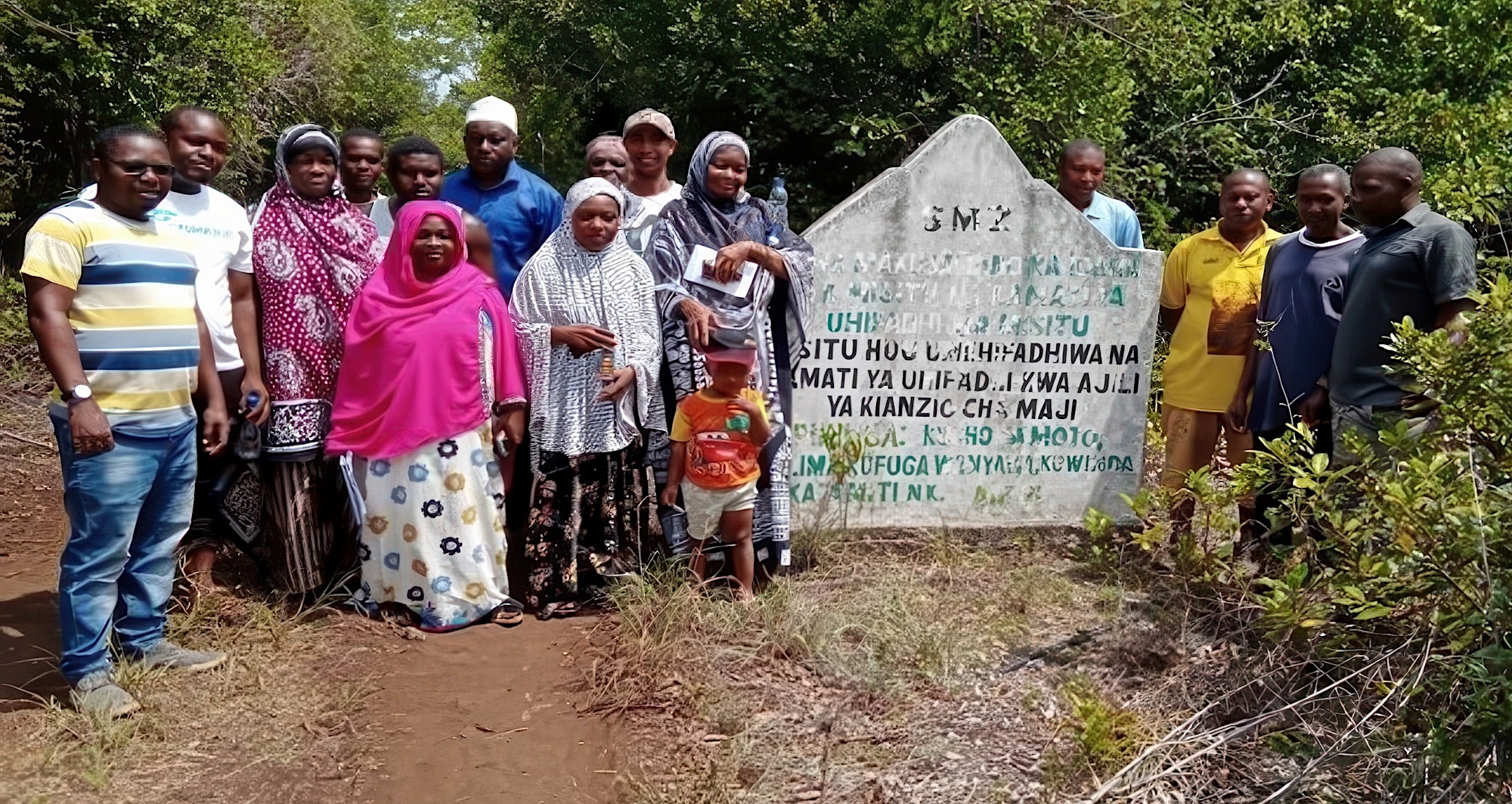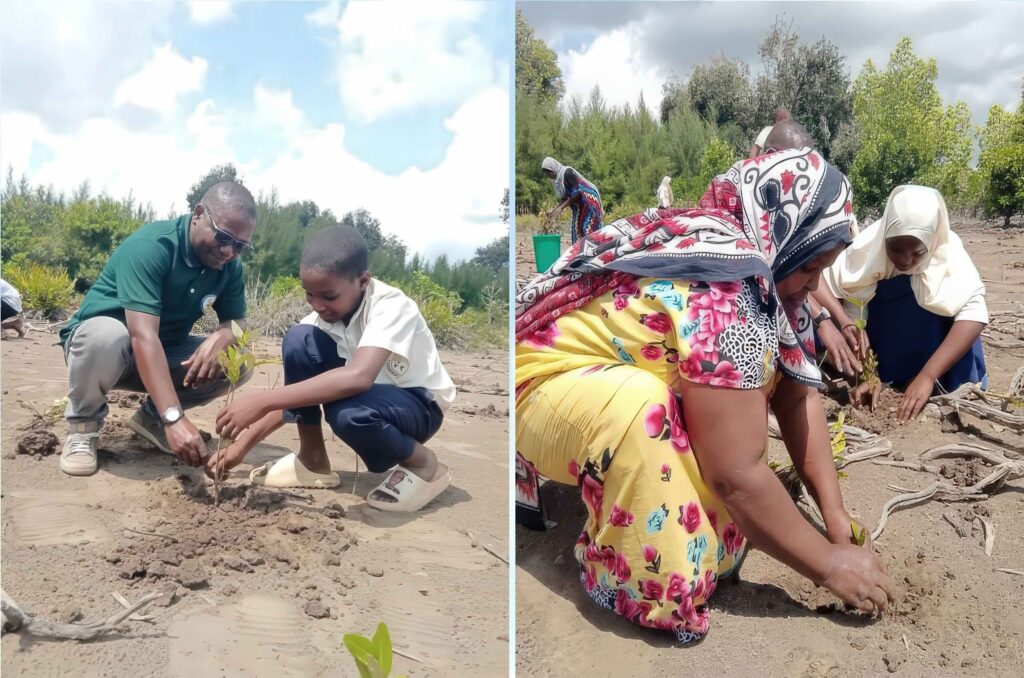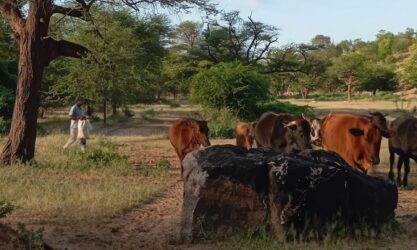
Communities and Forests: The Inspiring Story of Pange Juu, Zanzibar
In the face of climate change, global warming, and the escalating loss of natural habitats, one truth stands out: local communities are not only victims of environmental degradation but also powerful agents of change. A shining example of this truth can be found in the heart of Zanzibar, where the 9 villages of Kitogani have become a beacon of hope through their committed efforts to conserve the Pange Juu Community Forest.
This effort is led by a strategic partnership between two local NGOs, the Foundation for People’s Health and Environmental Conservation Tanzania (FOPHEC Tanzania) and the Jozani Environmental Conservation Association (JECA). Together, they conducted a thorough assessment of the Pange Juu Forest and laid the foundation for its sustainable future. Their work exemplifies the success that can arise when local wisdom, community action, and civil society come together to protect the environment.
A Forest Deeply Intertwined with Community Life
For generations, forests have been central to the lives of Zanzibar by providing firewood, timber, wild foods, and medicinal plants, while also offering essential ecosystem services like soil protection, water conservation, and carbon absorption. Unfortunately, Tanzania’s forests, including those in Zanzibar, have faced significant threats from over-harvesting, illegal logging, and unsustainable land use.
In response to this growing crisis, the community of nine villages stepped up to protect Pange Juu, a lesser-known natural forest adjacent to the famous Jozani-Chwaka Bay National Park. This 26-hectare forest harbours a wealth of biodiversity, including endemic plants, over 100 bird species, and wildlife like the suni, fruit bats, and the endangered Zanzibar Red Colobus Monkey. Despite its ecological richness, the forest had received little research attention and was previously lacking formal protection.
From Vulnerability to Victory: The Community Conservation Model

Thanks to Tanzania’s progressive 1998 National Forest Policy, which encourages joint forest management between communities and the state, people from 9 villages initiated a Community-Based Forest Management (COFMA) plan for Pange Juu. This model has transformed the local people from bystanders to active custodians of their environment.
Residents began organising tree planting campaigns and awareness sessions to educate one another about the importance of conserving their natural heritage. They also took responsibility for protecting the forest from illegal logging and encroachment, often reporting such activities to the relevant authorities to ensure the forest remained safe.
Curious to understand their ecosystem better, some community members engaged in ecological research, learning about the forest’s flora, fauna, and birdlife. Others saw an opportunity for sustainable income and began exploring the development of eco-tourism, opening the forest to visitors who wish to experience its biodiversity and interact with the local culture.
Through these grassroots actions, the people of Kitogani and other villages have not only preserved their forest but also redefined themselves as environmental stewards and educators. They now inspire their children to see the forest not just as a resource to be used, but as a heritage to be honoured and protected.
A Vision for Eco-Tourism and Sustainable Livelihoods
With this conservation foundation in place, the community is looking ahead. They envision Pange Juu as a destination for nature lovers and researchers, a place where tourists can walk forest trails, learn about rare species, and stay with local families to enjoy an immersive cultural experience.
This vision promises to bring increased employment and income for villagers, reducing the financial pressure that often leads to tree felling and land clearing. As livelihoods improve, so too does the capacity to protect and restore the forest.
At the same time, the youth of Kitogani are gaining a stronger environmental education, learning that their future is tied to the health of the natural world. By growing up in a community that prioritises conservation, these young people are being prepared to be the environmental leaders of tomorrow.
The cooperation between the community and authorities has also improved significantly. With the people now deeply involved in forest management, there is less conflict and more collaboration. Instead of being seen as violators of regulations, the villagers are now partners in protection — and proud of it.

What Lies Ahead: Needs and Opportunities
To sustain and expand these achievements, continued support is needed. The community is eager for training opportunities to improve their forest monitoring and tourism management skills. They also require tools and equipment to help with conservation work, as well as legal guidance to ensure their land rights and forest use plans are secure.
Further research into the local biodiversity would help guide better management practices and highlight the unique value of Pange Juu. Moreover, the forest’s tourism potential could be enhanced by developing basic infrastructure, including access roads, visitor signposts, and resting areas within the forest.
To meet these goals, the Kitogani community is calling for long-term partnerships with NGOs, universities, tourism boards, and government agencies. They believe that by working together, it is possible to create a resilient future for both the people and the environment of Pange Juu.
Conclusion: A Model for Africa
The story of Pange Juu is more than a tale of forest protection — it is a celebration of people, culture, and nature working hand in hand. It is proof that conservation is not the job of scientists and governments alone, but of every villager, every student, and every visitor who believes in a greener future.
As the climate crisis intensifies, the Kitogani experience reminds us that empowering communities is not optional — it is essential. With the right support, local conservation models like Pange Juu can inspire a continental movement to restore and protect Africa’s irreplaceable ecosystems.
To learn more about community forest projects in Tanzania, visit: www.fophectz.site
Dr. Ben Lisoso


